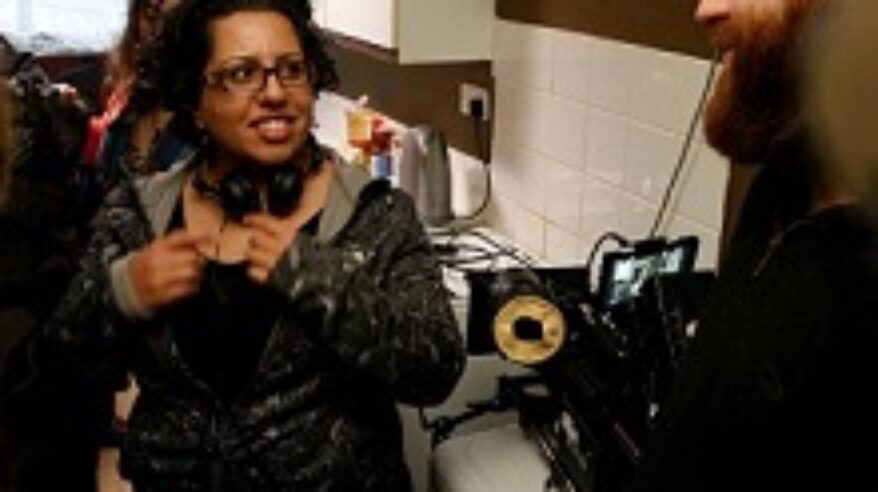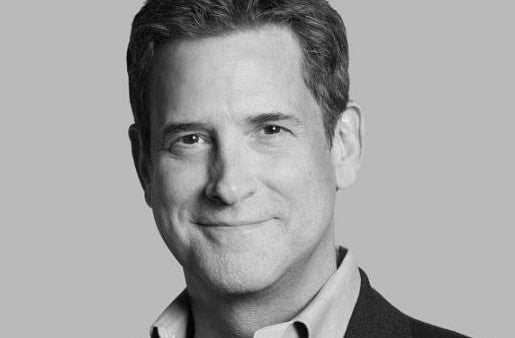Women in documentary filmmaking

British film continues to prosper on the worldwide film scene, with huge franchises such as the Bond films leading the way at the box office.
In 2014 though, just 7% of the highest grossing 250 films were directed by women, and only one film directed by a woman (Phyllida Lloyd), Mamma Mia (2008), was in the 200 top grossing films between 2001 and 2012.
Cut Out of the Picture – a study by Stephen Follows and Alexis Kreager published by Directors UK in 2014 – looked at women within the British film industry, investigating 2,591 British films released between 2005 and 2014.
The report found that only 13.6% of all British film directors are women, and the number has only increased by 0.6% between 2005 and 2014.
Additionally, the study showed that women generally directed lower budget films and as few as 3.3% of all the big budget films (£30m and over). Statistics also demonstrated that female directors tend to work within the traditionally ‘female” genres, such as romance, drama and soap.
However, the largest percentage of female directors was found within the documentary genre: 25% of all documentary films in the UK between 2005 and 2014 were directed by women – although documentary is a long way from being the most popular genre with female cinema-goers.
However, despite the fact that women direct a quarter of all documentaries, the Academy Award has only been given to two female documentary directors in the past 20 years: British Zana Briski for co-directing Born into Brothels (2005) and Laura Poitras for Citizenfour (2014).
While prominent women within the film industry such as Sarah Gavron, Emma Watson and Patricia Arquette have raised the profile of the issue of sexism generally within the film industry, little attention has been dedicated to female documentary makers.
So why do female filmmakers prefer documentary to narrative film?
Firstly, documentaries are often made in smaller crews and require less equipment and production services, hence they are cheaper to make.
Talking about the struggles of fundraising as a female filmmaker, Tina Gharavi, a British director best known for her BAFTA-nominated feature I Am Nasrine (2012), talked to The Knowledge about the fact that the funders and commissioners are likely to be tall white males, who do not necessarily trust women with money.
Tina Gharavi
The (white male) stereotype of the typical film director still prevails, which inevitably creates unconscious bias that filters the amount of women and BAME professionals that are able to survive within the film industry.
However, continues Gharavi, the more experience and recognition a woman has, the more likely she is to gain commissioners” trust and respect as a female filmmaker.
Gharavi is currently working on a £4m feature. Whereas some of her previous attempts to raise the funds have been unsuccessful, she believes, namely that it is more challenging because she is a woman and of an ethnic minority. The filmmaker describes it as being “a failure of imagination and a failure of confidence” in someone different than the norm – a common trait of the film industry.
Ruth Sewell, director of From the Bronx to Yale (2016) – a short documentary commissioned by the Guardian that will be screened at the Sheffield Doc Fest on 12 June – seconds Gharavi”s observation: “When an interviewer meets a male candidate, he sees potential. When he meets a female candidate, he wants to see experience.”
 From the Bronx to Yale
From the Bronx to Yale
She adds: “Women are supposedly less ambitious, less competitive, less forceful with their will and that”s meant to explain the pay gap. If you”ve always lived in a society that favours 50% of the population, how can you define what impact that could have had on your ability to perform in a working environment, to feel confident enough to push for what you believe in, to believe in yourself?”
This confirms the idea that women have to constantly prove themselves within the film industry. Canadian documentary maker Ramona Pringle, whose interactive series Avatar Secrets (2014) will be featured at Sheffield Doc/Fest”s Alternate Realities: Interactive Exhibition 10-12 June, said:
“You have to prove yourself before you”re given an opportunity, as opposed to being given an opportunity to prove yourself, and this is a huge factor when it comes to why there is that underrepresentation of women.”
Pringle shares the view of many others, who think that women are generally more compassionate and better listeners, with an innate drive to tell underrepresented stories, hence more women direct documentaries compared to narrative film.
The documentary genre has a certain immediacy to it, which allows a person to be able to just pick up a camera and start filming. In the words of Gharavi, “You don”t need permission to make documentaries”, which can certainly be attractive to women in the male-dominated industry.
Melisa Uneri, director of the autobiographical documentary Daddy”s Girl (2015) that will be screened at Sheffield Doc Fest on 15 June, agrees: “The truth is that making a documentary without real funding, just getting out there and starting to shoot which is what I initially did, is easier than embarking on a fiction film project.”
 Daddy’s Girl
Daddy’s Girl
Additionally, the demanding nature of the profession, together with the lack of opportunities for childcare on film sets make it difficult for some women to balance family with their filmmaking career.
What is being done to improve the situation?
Gharavi is convinced that the underrepresentation of women in the film industry is not a skills issue: “There is not a lack of women who are able to do the job – it”s a hiring issue.” So in order to tackle this head on, she continues, there needs to be legislation in place, with clear rules, penalties and subsidies for commissioners, funders and production companies.
The numbers revealed in The Cut Out of the Picture study have already contributed to a number of campaigns. One of them was proposed by Directors UK, who would like to see 50% of all British, publicly-funded films directed by women by 2020. The campaign is based on the declining number of female-directed publicly-funded films, which dropped from 32.9% in 2008 to just 17% in 2014. This proposal has been backed by Creative England.
But arguably more important than legislation and campaigns is change on a personal level that needs to come from people within the industry. Gharavi says that everyone is prone to unconscious bias, and that is just part of human nature. But when it comes to decision making within the film industry, a certain awareness of this unconscious bias is needed in order to improve the situation by giving chances to filmmakers that are different from the ‘norm”.
I Am Nasrine/Tina Gharavi photos c/o Bridge + Tunnel Productions.
Daddy’s Girl photos c/o Melisa Uneri.
From the Bronx to Yale c/o Ruth Sewell.
Share this Article















